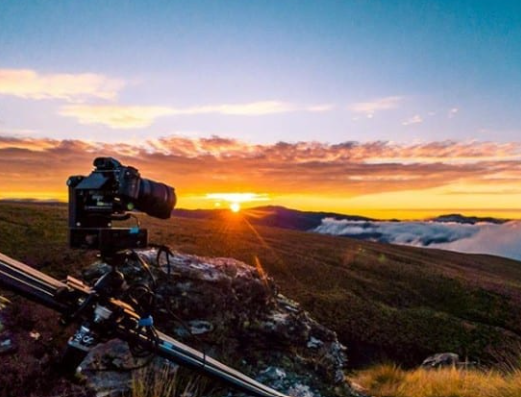Cinematography is the art and science of capturing visually compelling images on film or digital media. It plays a critical role in filmmaking, as it shapes the way a story is told, conveys emotions, and engages the audience. Achieving the perfect shot involves a combination of technical skill and creative vision. Here’s a glimpse into the world of cinematography and what it takes to capture that perfect frame:
1. Understanding the Story:
Great cinematography starts with a deep understanding of the film’s story, characters, and themes. Cinematographers work closely with directors to interpret the script and determine the visual language that best serves the narrative.
2. Composition:
Composition is the arrangement of visual elements within the frame. A cinematographer must consider factors like framing, camera angle, and shot size to create a visually pleasing and narratively effective shot.
- Framing: Deciding what to include within the frame and what to exclude is crucial. Composition techniques like the rule of thirds and leading lines guide the viewer’s eye.
- Camera Angle: The camera’s angle relative to the subject can evoke different emotions and perspectives. For example, a low angle can make a character appear powerful, while a high angle can make them seem vulnerable.
- Shot Size: The choice of how much of the subject to show in the frame (e.g., close-up, medium shot, or wide shot) influences the viewer’s emotional connection and understanding of the scene.
3. Lighting:
Lighting is one of the most critical aspects of cinematography. It can set the mood, create depth, and highlight key elements within the frame. Cinematographers use various lighting techniques, including natural light, artificial light, and diffusion, to achieve the desired effect.
4. Camera Movement:
The way the camera moves can add dynamism and drama to a scene. Techniques such as pans, tilts, dollies, and tracking shots are used to follow characters, reveal information, and create visual interest.
5. Lens Selection:
Different lenses offer various focal lengths and characteristics that affect how an image is captured. Wide-angle lenses capture more of the scene and can distort perspective for creative effect, while telephoto lenses compress distance and isolate subjects.
6. Color Grading:
Color grading is the post-production process of adjusting the colors and tones of a film to achieve a specific look and mood. It can significantly impact the final visual presentation.
7. Collaboration:
Cinematographers work closely with the director, production designer, art director, and costume designer to ensure a cohesive visual style that supports the storytelling.
8. Technical Proficiency:
Cinematographers must be technically proficient with camera equipment, including understanding exposure, shutter speed, aperture, ISO settings, and more. Familiarity with the latest camera technology is essential.
9. Continuity:
Maintaining visual continuity is critical to ensure that shots match seamlessly within a scene and throughout the entire film. Attention to detail is key in this aspect of cinematography.
10. Creativity:
Cinematography is an art form that requires creativity and innovation. Often, the most memorable shots come from pushing the boundaries and thinking outside the box.
11. Patience and Adaptability:
Filmmaking can be challenging and unpredictable. Cinematographers must remain patient and adaptable in the face of changing conditions and unexpected challenges.
12. Storytelling:
Ultimately, cinematography is about storytelling through visuals. The best cinematographers use their technical expertise to enhance the emotional impact of a story and draw the audience deeper into the narrative.
Cinematography is a dynamic and evolving field where technology, artistry, and storytelling intersect. A skilled cinematographer can transform a simple scene into a cinematic masterpiece by carefully crafting each shot to serve the story’s purpose and evoke a powerful emotional response from the audience.
